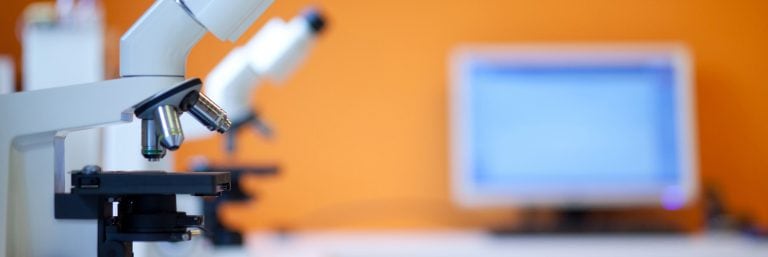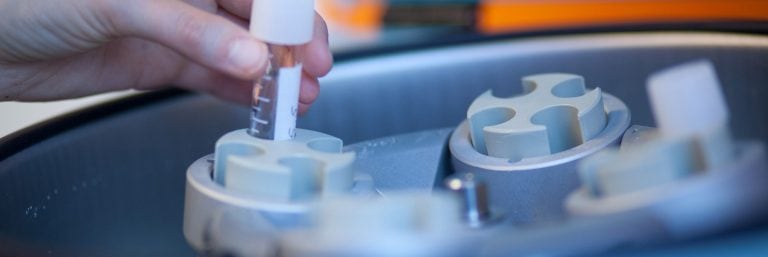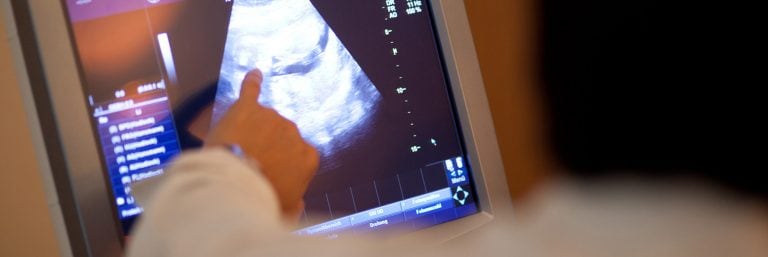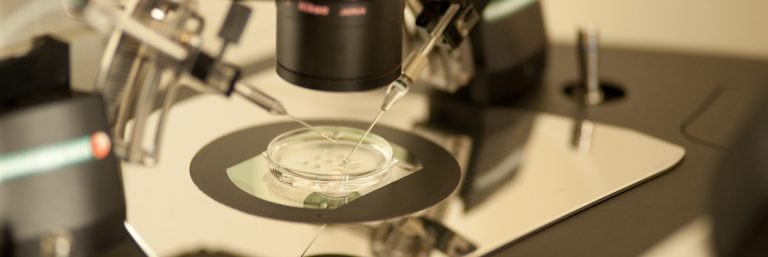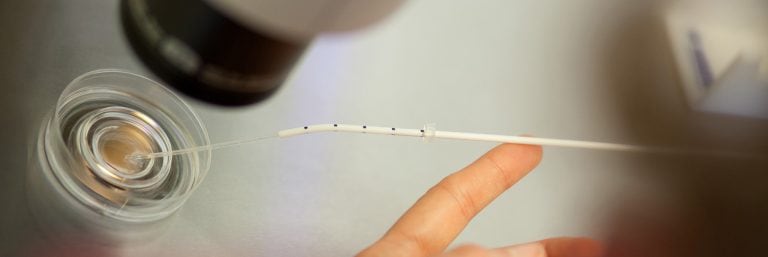Genetic testing of the embryo
The Kinderwunschteam Berlin, in cooperation with the Laboratory Humane Genetics Munich, is licensed to perform pre-implantation diagnostics (PGD) and thus fulfills all legally required professional prerequisites to advise you individually and in detail on the current possibilities and limits of PGD and to offer you all current PGD procedures within the strict legal framework.
If the longed-for pregnancy fails to materialize after many attempts at therapy, or if there are repeated miscarriages, it is reasonable to suspect genetic causes.
Preimplantation genetic diagnosis (PGD) is the testing of an embryo for genetic diseases, outside the mother’s body, before the embryo is transferred. PGD is used to detect familial severe childhood diseases or early causes of child death before the embryo is transferred into the uterus.
By means of PGD, serious genetic diseases can be detected before the implantation of an embryo. In the affected families, severe hereditary diseases have already occurred, disabled children have been born or children have died very early, sometimes already in the womb. Preimplantation genetic diagnosis (PGD) can thus be seen as a very early form of prenatal diagnostics.
However, if there are no known genetic diseases in the family that lead to severe childhood disease or early death of the child, PGD may not be performed in Germany.
Procedure of a PGD
1. Consultation and application for PGD
The first step is genetic counseling and testing. This is performed by the Institute for Human Genetics Munich by Dr. Dr. Nevinny. Subsequently, the application of the couple wishing to have a child or the patient is submitted to the Bavarian Ethics Committee, which must examine and approve the prerequisite for performing PGD in the present case.
Artificial insemination (IVF / ICSI) is necessary to perform PGD. In this process, oocytes are retrieved from the ovaries (usually after hormonal stimulation).
2. Hormonal stimulation of the ovaries & retrieval of the oocytes.
The fertilization process requires intracytoplasmic sperm injection (ICSI): A single sperm cell is transferred inside the egg. After fertilization occurs, the embryo begins to develop in the test tube.
3. Cell removal of the outer cell layer of the embryo.
In PGD, throphectoderm cells “envelope cells” are removed from the embryo.
These cells can no longer develop into a complete embryo themselves, but form structures like the placenta, in the womb. However, they contain the same genetic information as the embryo itself.
Their removal does not harm the embryo. The removal of trophectoderm cells (the so-called “trophoblast biopsy”) is performed in the PGD technique on the embryo, 5 days after the fertilization. Through the protective envelope (zona pellucida), cells from the envelope layer are aspirated using a glass capillary.
Prior to this, a tiny opening was created in the zona pellucida using a laser technique. The cells are then sent for molecular genetic or chromosomal analysis
4. Cryopreservation during genetic analysis.
Since this examination takes a while (usually 1-4 weeks), the embryos are temporarily frozen, because the uterine mucosa is no longer receptive to the embryo due to this time delay.
The technique of freezing is vitrification. Permanent damage to the embryo is not known (according to current knowledge). However, about 5-8% of thawed embryos do not survive the procedure.
5. Finding healthy embryos and transferring them into the uterus.
The results of the genetic analyses are presented to the couple by a physician (human geneticist and reproductive physician) and carefully considered. Only embryos without severe genetic or chromosomal disorders known to the parents should be transferred to the uterus. The very rare possibility of misdiagnosis in PGD is also considered.
The transfer of the selected cryopreserved embryo can then take place according to the usual rules.
6. Administrative remarks concerning the prerequisites for the PGD
At present, health insurance companies do not cover the costs of PGD treatment, or do so only in exceptional cases. This also applies to the costs of the necessary basic treatment of artificial insemination (ICSI), which are only covered if there is an indication on the part of the restriction of sperm quality.
An application is reasonable in any case and is supported by us.
7. Costs
The costs for the work of the ethics committee are 1500 euros and must be covered by the patient. In addition, there are the costs that arise in the context of IVF or ICSI. The total costs can amount to as much as 10,000 euros in individual cases.
Please make an individual appointment for consultation in this complex therapy.
